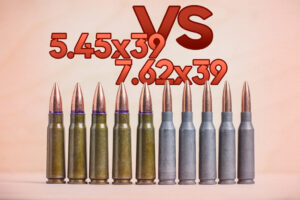
By Guy J. Sagi
The Russian military adopted the AK-47 in 1947, chambering the 7.62×39 mm cartridge. For more than two decades, that duo did yeoman’s work for its armed forces and continues to do so in hot spots around the globe. An improved design rolled out in 1974—labeled the equally unimaginative “AK-74”—digests 5.45×39 mm, a completely different cartridge. Despite the firearms wearing similar names, the ammunition is neither identical nor interchangeable.
It’s not uncommon for owners of either gun to unknowingly request the wrong ammunition, and several factors lead to the confusion. Both cartridges are identical in length, depending on bullet length and seating. The picture further blurs with that shared 39 mm designation and the common “AK” label. Even knowledgeable owners fall victim when they hurry to order or allow their smart device to auto-populate a field.
Bullet Development
The differences between the two rounds are more than skin-deep. During World War II, the Russian military developed the 7.62x39mm cartridge. In 1945, the Red Army used the SKS that first chambered it.
Mikhail Kalashnikov, meanwhile, polished a design that would permanently cement his name in history. The Russian Army adopted his first AK, or Avtomat Kalashnikov—loosely translated into English as Automatic Kalashnikov. Troops began fielding the AK-47 two years later, in 1949.
The reliability was outstanding, defying the elements enviably. Terminal performance from the 7.62 bullets it delivered was equally impressive, and as the Cold War heated up, production increased.
However, the firearm and cartridge’s limitations grew more obvious each decade. When the United States got involved in the Vietnam War, efforts were already underway for improvements, including developing a smaller cartridge that delivered a smaller bullet at a higher velocity.
In the early 1970s, Russian engineers developed the 5.45x45mm. In 1974, the Russian military adopted a new combat arm, the AK-74 to chamber it. A Mikhail Kalashnikov-supervised team developed the AK-74. The firearms come from the same family tree, but the differences are significant. The generation gap grows even wider when comparing 5.45×39 VS 7.62×39 cartridges.
Cartridge Size Comparison: 5.45×39 VS 7.62×39
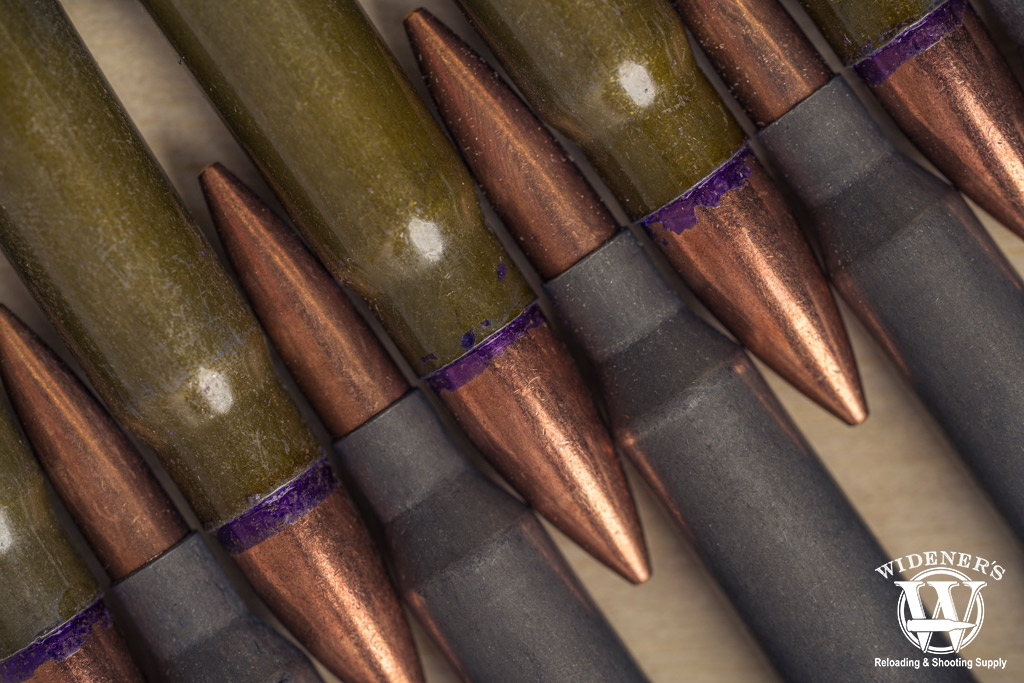
5.45×39 VS 7.62×39: In this photo, the elongated bullet of the 5.45×39 is pointed up, while the thicker 7.62×39 is pointed down.
A quick run-through comparing the cartridge sizes. The 5.45×39 is an odd duck in that it was based on a necked-down 7.62×39 case. It was finally given its own case dimensions to better accommodate the length of the elongated bullet and improve consistency. Side-by-side, the 5.45×39 sits just high enough above the 7.62×39 to have bragging rights. Despite the sibling rivalry, the barrel chest of the 7.62×39 allows it to accommodate heavier grain bullets with more energy.
| Cartridge Specs | 7.62×39 | 5.45×39 |
|---|---|---|
| Parent Casing | None | 7.62×39 |
| Bullet Diameter | .312″ | .220″ |
| Neck Diameter | .339″ | .248″ |
| Base Diameter | .447″ | .394″ |
| Case Length | 1.524″ | 1.568″ |
| Overall Length | 2.205″ | 2.244″ |
| Grain Weight | 112gr-180gr | 53gr-80gr |
| Max Pressure (SAMMI) | 45,010 PSI | 51,488 PSI |
Ballistics: 5.45×39 VS 7.62×39
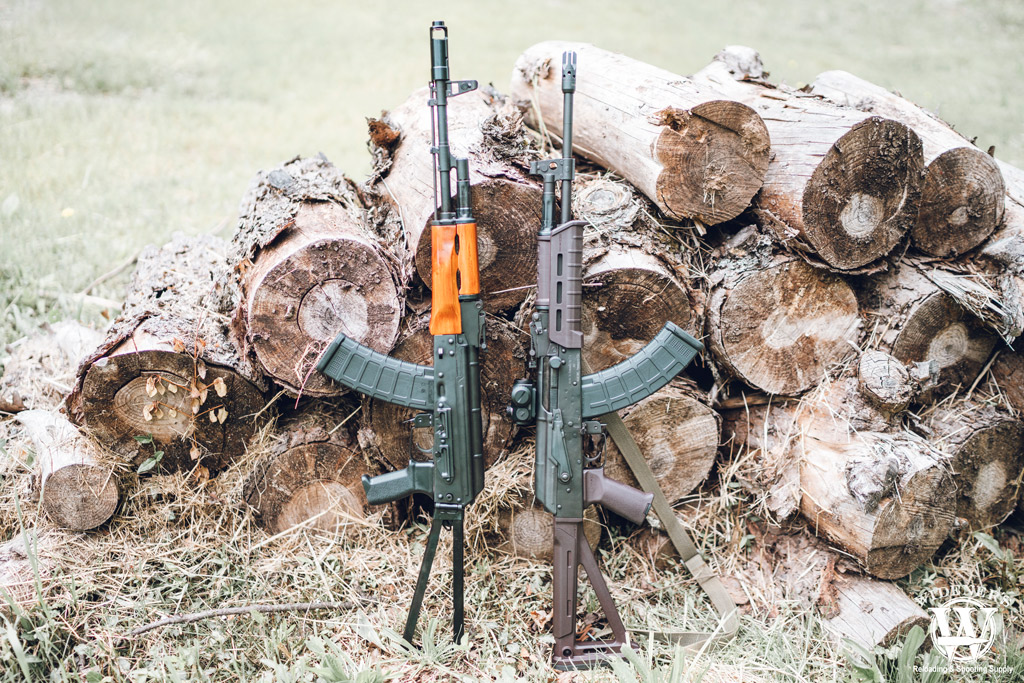
The AK-74 (Left) is chambered in 5.45×39, while the legendary AK-47 (Right) is chambered in 7.62×39.
As mentioned, bullets launched from AK-47s are fatter and heavier. Despite the 7.62×39 mm label, the projectile is .312″ (7.9mm) in diameter. The 5.45×39 mm measures .220″ (5.6mm).
The difference in bulk is one of the reasons the oldest sibling in this Russian 39mm family outshines the newest member in nearly every aspect. It delivers more energy downrange, making it a better choice for big-game hunting and self-defense.
| Caliber | Bullet Type | Bullet Weight | Velocity (Muzzle) | Energy (Muzzle) | 100 Yards (Velocity/Energy) | 200 Yards (Velocity/Energy) | 300 Yards (Velocity/Energy) |
|---|---|---|---|---|---|---|---|
| 7.62×39 | FMJ | 124gr | 2,350 FPS | 1,520 FT LBS | 2,078 FPS/1,189 FT LBS | 1,824 FPS/916 FT LBS | 1,595 FPS/701 FT LBS |
| 5.45×39 | FMJ | 60gr | 2,622 FPS | 1,060 FT LBS | 2,332 FPS/724 FT LBS | 2,002 FPS/534 FT LBS | 1,722 FPS/395 FT LBS |
Today, Hornady makes a 7.62x39mm Black load with a 123-grain SST bullet. It leaves the company’s test barrel at 2,350fps and still delivers 348 ft/lbs of energy at 500 yards. At the muzzle, it generates 1,508 ft/lbs.
The company’s only 5.45x39mm load wears the famed V-Max bullet. The 60-grain projectile leaves the gun at 2,810fps and carries 262 ft/lbs at 500 yards—1,052 at the muzzle. It loses the knockdown comparison at every distance.
Diversity In Loads
There’s also no shortage of options in 7.62x39mm ammo. Today’s shooters will find many tailored for precision, hunting, and volume plinking. Federal Premium, for example, offers 124-grain FMJ and 123-grain soft point loads. Winchester produces four 123-grain bullets of different styles, and it’s available with a 120-grain PDX bullet in its Defender line.
If your preferred muzzle device is a suppressor, Hornady offers 225-grain subsonic cartridges. Add standard-velocity options from Wolf, Prvi Partizan, PMC, and many other manufacturers, and there’s no shortage of choices in 7.62×39 mm.
Hornady has one of the few, if not the only, 5.45x39mm loads commercially available today. The company’s Black load has a 60-grain V-Max bullet that leaves the firm’s test barrel at 2,810 fps. With a 200-yard zero, the drop at 500 is only 58.8 inches.
Muzzle velocity is higher in the 5.45×39 mm and, when combined with the lighter bullet, drop at 500 yards is roughly 40 inches less than the heavier 7.62 bullet. That gives the 5.45×39 the lead in trajectory. Another advantage, one more applicable to the massive volume required by the military, is weight savings.
Shaky Supply Chain
With age and widespread acceptance come certain advantages. The 7.62x39mm is extremely popular and coming nonstop out of factories across the globe. The AK-47, after all, is the firearm produced more than any other in history. When the painful cartridge shortage struck in 2020 and 2021, it was among the first to become available.
The 5.45x39mm, on the other hand, is a relative newcomer. It and the AK-74 have yet to gain the same traction. They may, but in the meantime, cartridges are hard to find, and budget-friendly bulk buys for high-volume shooting are scarce.
Poison Bullet Legend
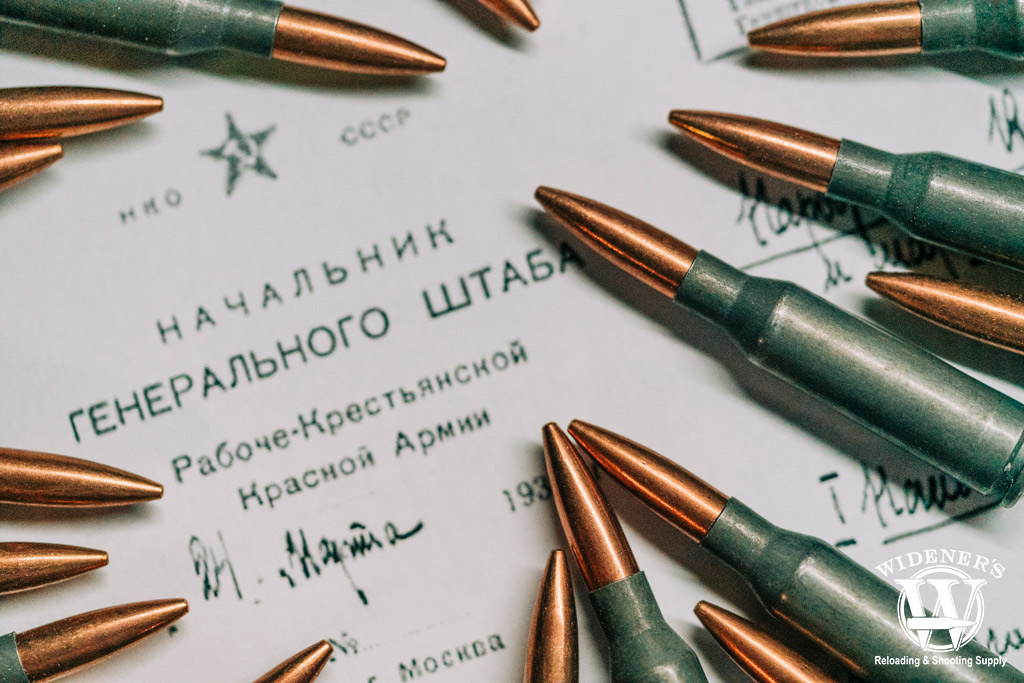
Poison Bullet? While deadly, rumors of the 5.45x39mm having magical powers have been largely exaggerated.
Scarcity and lack of loads have sentenced more than a few cartridges to obscurity, but the 5.45×39 mm made headlines in 1979. That’s the year it and the AK-74 made their combat debut—publicly, anyway—when Russia invaded Afghanistan.
That drew attention stateside, where the debate over 5.56 NATO performance in Vietnam still raged. Then news surfaced that the smaller bullets were proving effective, heightening interest.
It seemed to defy the laws of physics. The limited energy delivered downrange didn’t lend itself to one-shot stops in mountainous engagements. But the Mujahideen noted an undue number of combatants dying later from their wounds and began referring to the Communist projectiles as “poison bullets.”
While that sounds ominous, there was no magic potion involved. According to some, the use of unhardened steel and gilding metal promoted tumbling upon impact. Lack of proper medical care was likely the biggest culprit, although a black market that flourished during the war piled onto the legend.
Russian soldiers who sold excess ammunition to locals often boiled it before the trade to render it unusable by the enemy. This watery attempt at making them inert was probably ineffective thanks to modern cartridge design, but the widespread habit added fuel to a belief that lingers to this day.
Eastern Promises: 5.45×39 VS 7.62×39
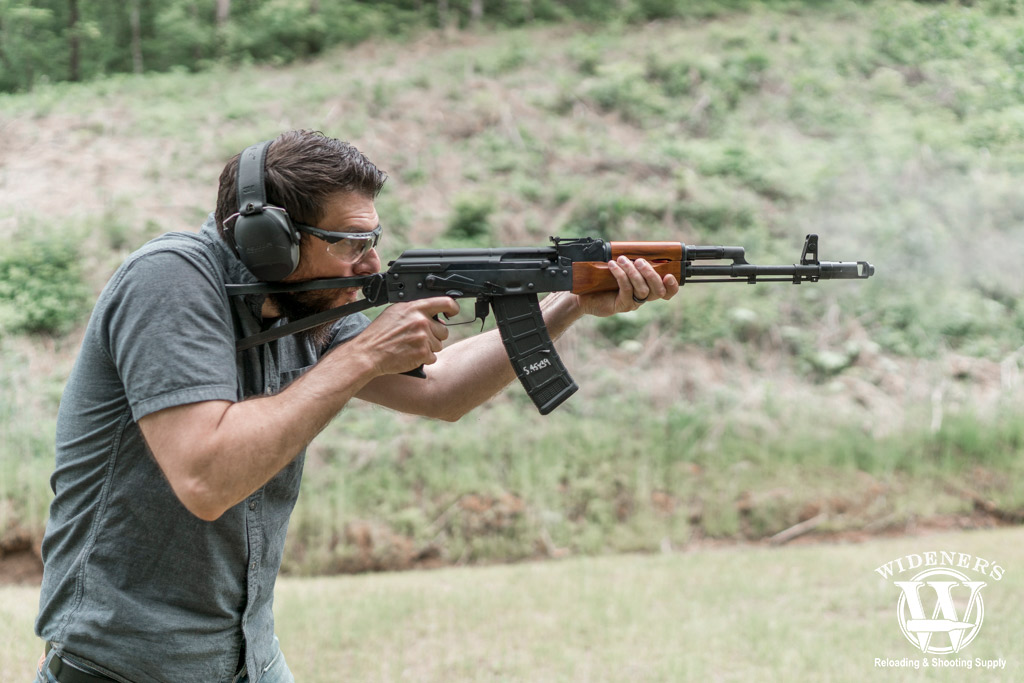
The 5.45x39mm has the edge in velocity, but the 7.62x39mm trounces it with power and availability.
Mythical performance aside, it’s the 7.62x39mm chambering you’ll find in most AKs today. A few use a different cartridge, most of them modern iterations with modern sporting rifle furniture. It’s always best to check before buying ammo or heading to the range.
Owners of AK-74s are in a similar situation. You can put your money on it, digesting 5.45x39mm. Double-checking the barrel or receiving markings takes only a few seconds, though, so it’s always a wise investment to take the time and do so if you’re a new owner.
Which one is the winner in a 5.45×39 VS 7.62×39 AK comparison? With published figures and loads to test hard to come by on the former, the knob overwhelmingly goes to the elder. There’s no denying the 7.62 wins by a considerable margin with its diversity of loads, availability, and bulk savings. It’s a distant second regarding velocity, but you’ve got to find ammo to reap that benefit of the 5.45.
The post 5.45×39 VS 7.62×39 appeared first on Wideners Shooting, Hunting & Gun Blog.

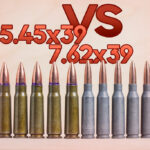
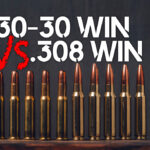




Leave a Reply